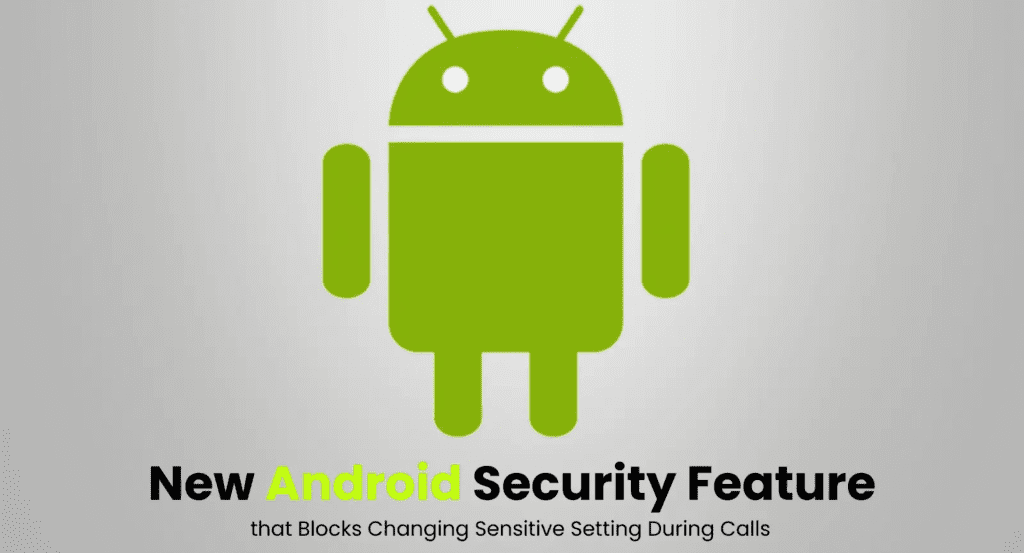Google is set to enhance Android security with a new anti-scam feature in Android 16, designed to protect users from falling victim to fraud during phone calls. The feature, expected to roll out with One UI 8 on Samsung devices, will automatically detect and block suspicious instructions commonly used by scammers.
According to reports, the new security system analyzes conversations in real-time and prevents users from entering sensitive information when prompted by a potential scammer. This measure aims to counter common fraud tactics where criminals trick victims into revealing bank details, transferring money, or installing malicious apps.
The feature is part of a broader push to improve cybersecurity on mobile devices as scams become more sophisticated. With AI-powered fraud detection, Android 16 can recognize keywords and suspicious behavior patterns, alerting users before they proceed with actions that could compromise their security.
Samsung’s One UI 8 will integrate these protections, ensuring that Galaxy device users benefit from the latest security enhancements. The system is expected to work alongside Google’s Play Protect and Android’s built-in security layers to offer comprehensive protection against fraudulent activities.
While some users may have concerns about privacy, Google has assured that the feature operates on-device, meaning it does not send call data to external servers. Instead, it relies on AI processing within the smartphone to detect scam attempts in real time. Users will also have the option to customize or disable the feature if needed.
Cybersecurity experts have praised Google’s initiative, noting that fraud prevention at the system level could significantly reduce the success rate of phone-based scams. As digital threats continue to evolve, integrating AI-driven protections directly into mobile operating systems is seen as a critical step in safeguarding users.
Android 16 is expected to launch later this year, with the scam prevention feature being one of its standout security upgrades. More details on its functionality and rollout will likely be revealed as Google continues testing ahead of its official release.























